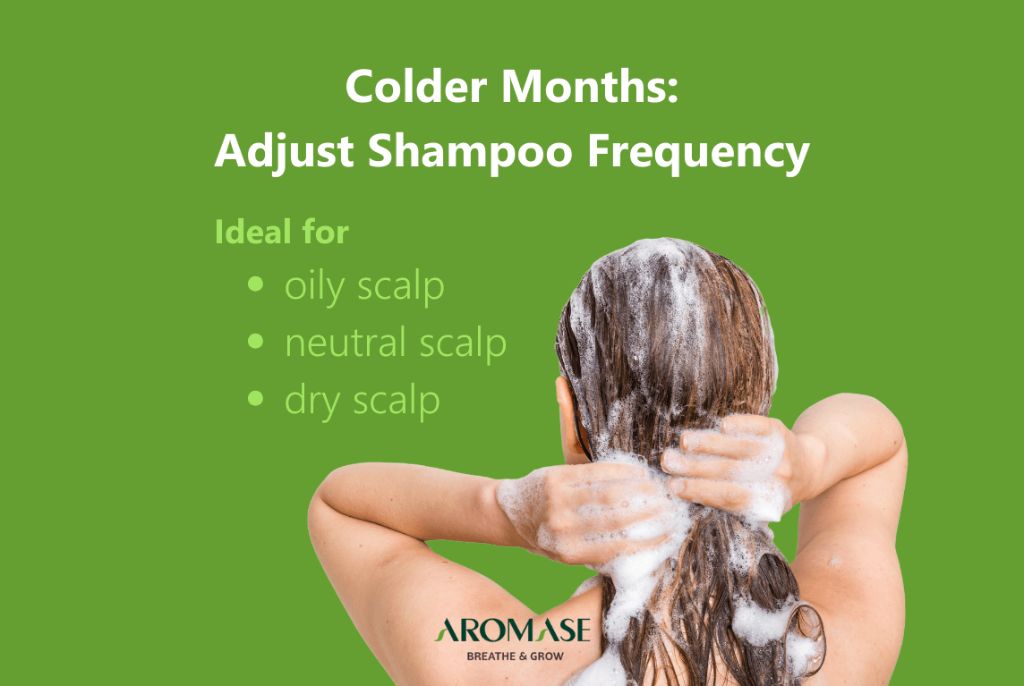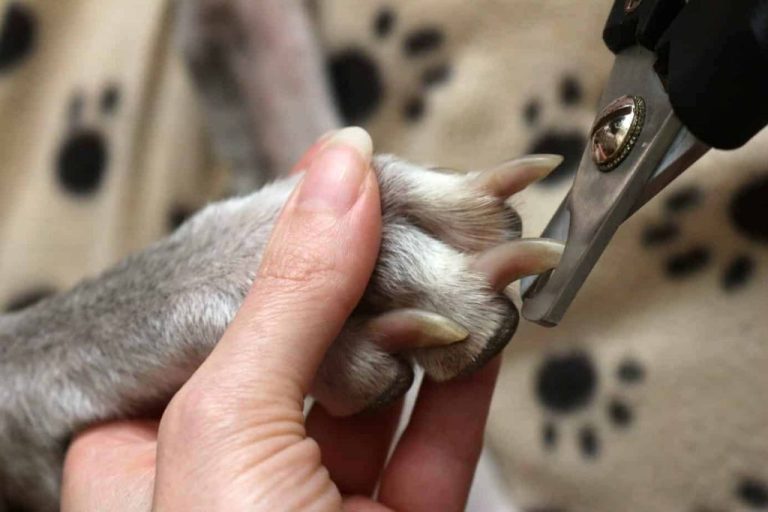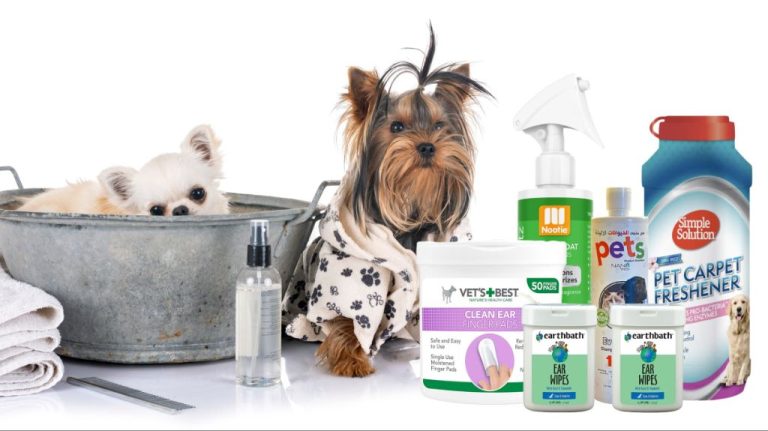Seasonal Grooming Tips: Adjusting Your Routine For Weather Changes
Adjusting grooming routines for pets based on seasonal weather changes is crucial for their health and comfort (Source). As the seasons change, pets shed their fur coats, produce more oil, sweat more, and are exposed to different outdoor elements and parasites. Grooming helps manage shedding, regulate body temperature, prevent skin issues, remove dirt/debris, check for parasites like fleas and ticks, and bond with your pet. Without proper seasonal grooming adjustments, pets may face preventable skin problems, discomfort, and health issues. This article provides tips to adapt your grooming routine to the weather each season to keep your pet happy and healthy year-round.
Hair Care

Make sure you are adjusting your shampoo and conditioner for the change in seasons. During the dry winter months, use a moisturizing shampoo and conditioner to combat static and flyaways, like the Daily Moisture Shampoo from Maple Holistics (source). In the summer, use shampoos and conditioners with UV protection, like Redken’s Sun Care line, to guard hair from sun damage (source).
Dry shampoo is a great option in the winter when you don’t want to wash your hair as frequently. Spray it on post-workout or on day two and three hair. Try Batiste Dry Shampoo for a budget-friendly option that adds volume and soaks up grease (source).
Skin Care
During the winter months, switching to a heavier moisturizer can help prevent dryness caused by cold temperatures and lower humidity levels. Moisturizers with ingredients like shea butter, glycerin, and hyaluronic acid can provide an extra layer of hydration that keeps skin soft and supple (source). Using hydrating masks 1-2 times per week is also recommended in winter to replenish moisture and restore radiance.
In the summer, the increased humidity and warmer weather may cause oily skin and clogged pores. Transitioning to a lightweight, oil-free moisturizer will help control shine while still providing hydration. Washing your face twice a day is important to keep pores clear of dirt, oil, and sweat that can lead to breakouts (source). Exfoliating 2-3 times a week will slough off dead skin cells and further prevent clogged pores and acne.
Makeup
Your makeup routine often needs adjusting between seasons to suit changes in weather and activities. In the winter, the colder dry air can lead to flaky dry skin, so make sure to moisturize well before applying makeup (Source). Darker, smoky eye looks pair nicely with sweaters and winter styles. Use a primer under powder eyeshadows to help them adhere and last longer without creasing.
In the summer, opt for lighter foundations and tinted moisturizers that won’t look cakey under humidity and heat (Source). Waterproof mascaras and eyeliners can help prevent smudging and running. Go for lighter, shimmery eyeshadows and pink or coral blushes that give a lively summer glow. Using cream or liquid products can help avoid powdery finishes that accentuate dryness.
Facial Hair
Facial hair like beards require some seasonal adjustments for proper care. In the winter, growing out your beard can provide warmth and protection from cold winds (1). Use beard oil designed for winter weather, which often contains ingredients like pine and cedar (2). Wash less frequently with lukewarm water to avoid drying out your skin and beard. Gently pat dry instead of rubbing to prevent damage to the hairs (1).
In the summer, a longer beard can provide some sun protection if you spend a lot of time outdoors (3). Use a beard oil with UV protection and wash more regularly in warm weather to control sweat and excess oils. Trim regularly to keep things tidy and prevent tangled or matted hair.
Hand and Foot Care
The changing of the seasons can really take a toll on your hands and feet. In the winter months, the cold dry air leads to cracked heels and dry cuticles. Switch to a thicker, more emollient hand and foot cream like L’Occitane Shea Butter Hand Cream (https://www.lovelyskin.com/blog/p/summer-protection-hands-and-feet) during winter to provide a protective barrier against the harsh elements. For feet specifically, The Body Shop Peppermint Revival Foot Lotion contains menthol to cool and revive tired feet. Use a heavy foot cream like Burt’s Bees Coconut Foot Creme at night and sleep with socks to maximize hydration.
Come summer, it’s time to show off your feet in stylish sandals. Book a pedicure and go bold with a fun, bright color on your toes like Essie’s turquoise For The Twill Of It. Add embellishments like glitter or nail studs to really make your pedicure pop. Just remember to use a moisturizing foot cream containing urea or lactic acid like AmLactin Foot Cream Therapy to prevent dry, cracked heels that can develop from frequent pedicures. And don’t forget to apply sunscreen to feet when wearing open-toed shoes!
Fragrance
During the colder winter months, opt for warmer, spicier fragrances to provide comfort on chilly days. Fragrances featuring notes like amber, vanilla, cinnamon, and musk are ideal for winter weather (source). The cozy scents evoke feelings of warmth and can boost your mood during the darker, shorter days of winter.
When the weather heats up in summer, switch to fresh, bright citrus-based fragrances. Scents with notes of grapefruit, lemon, lime, and orange provide an uplifting burst of energy perfect for hot summer days. The zesty scents also won’t become overpowering in the humidity like heavier fragrances can (source). Keep your fragrance light and refreshing all season long.
Hair Removal
Hair removal routines often need to be adjusted between summer and winter months. In the cooler months when more skin is covered, hair may not need to be removed as frequently and can be allowed to grow out a bit longer between treatments. However, in the summer months when more skin is exposed, hair removal often needs to be done more frequently to keep skin smooth.
During summer, it’s recommended to shave your legs every 2-3 days if you’ll be wearing shorts, dresses, swimsuits, etc. Shaving more frequently can help prevent irritation from regrowth. Apply shaving gel before shaving and moisturize after to prevent razor bumps. Other hair removal options like waxing and laser treatments may also need to be scheduled more frequently in summer.
In contrast, leg hair may only need to be shaved once a week in the winter when it’s hidden under pants. Similarly, underarm hair can be shaved less often when hidden under sweater sleeves. Take advantage of the cooler months to allow hair to grow out longer between treatments. Just be sure to exfoliate regularly to prevent ingrown hairs.
Overall, adjust your hair removal routine based on seasonal fashion and how much skin will be exposed. Frequent summer shaving prevents irritation from regrowth, while less frequent winter removal allows for skin recovery. But be cautious not to over-tweak your routine as sudden dramatic changes can also lead to irritation and ingrown hairs.
Sun Protection
Protecting your skin from the sun is especially important in the summer months when UV rays are strongest. According to the CDC, sunscreen or protective clothing should be used whenever you’re outside, even in the shade. It’s recommended to apply at least 1 ounce of broad spectrum sunscreen with an SPF of 15 or higher to exposed skin 30 minutes before going outside. Reapply every 2 hours and after swimming or sweating heavily.
In addition to diligent sunscreen use, hats and UV protective clothing are highly recommended for summer sun safety. Wide-brimmed hats offer protection for the face, neck and ears. Tightly woven, loose fitting shirts and pants provide a physical UV barrier. There are also lightweight, breathable fabrics on the market that have built-in UV protection. Wear wraparound sunglasses to protect the delicate skin around the eyes.
Conclusion
As the seasons change, it’s important to adapt your grooming routine to suit the weather and your pet’s needs. In winter, focus on moisturizing dry skin and paws. In summer, brush frequently to remove shedding fur and dirt while keeping coats trimmed for comfort. Adjust bathing schedules based on activity levels. Year-round, check ears, eyes, nails and teeth as part of regular care. With some seasonal tweaks, you can keep your pet looking and feeling their best all year. The key is paying attention to how your pet’s needs change with the climate and modifying your grooming habits accordingly. Stay observant and proactive with grooming to support health and happiness in every season.






